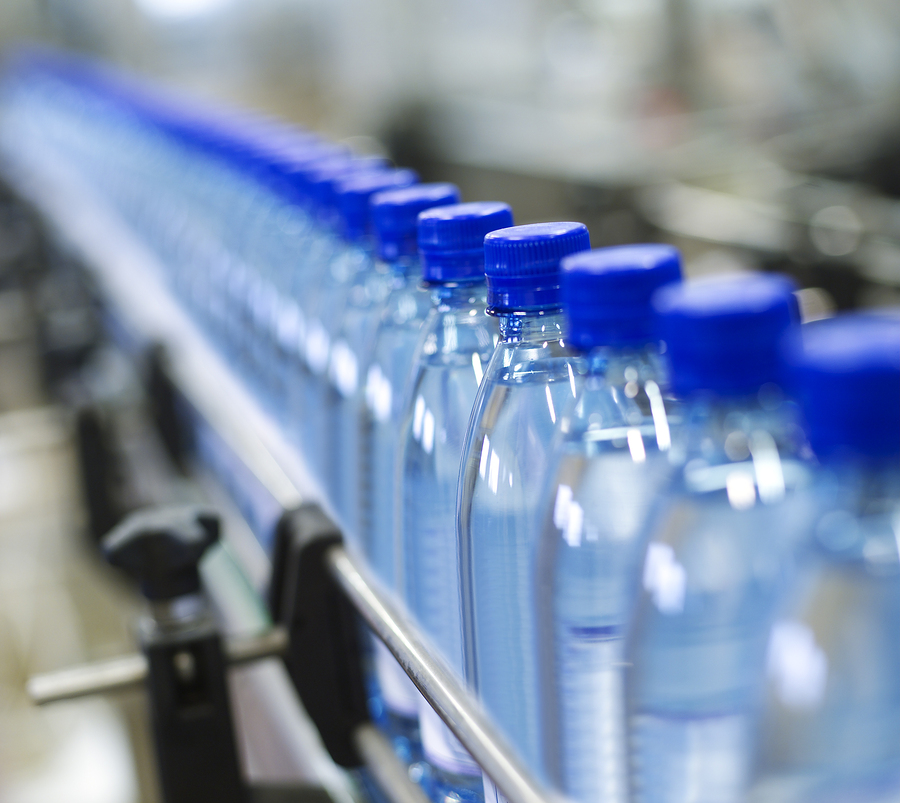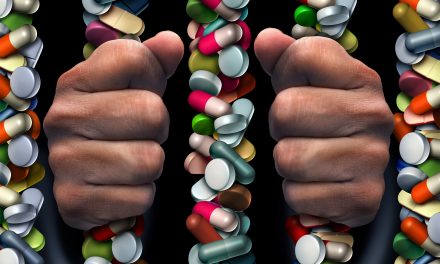On Wednesday, a study encompassing nine countries on the safety of bottled water was published and the results were shocking: plastic was found in 93 percent of the samples. Led by microplastic researcher Sherri Mason of the State University of New York at Fredonia, her team found that the “world’s leading brands of bottled water are contaminated with tiny plastic particles that are likely seeping in during the packaging process.”1
RELATED STORY:
Researchers tested 250 bottles of water, including the major brand names Aqua, Aquafina, Dasani, Evian, Nestle Pure Life and San Pellegrino- from Brazil, China, India, Indonesia, Kenya, Lebanon, Mexico, Thailand and the U.S. and while they found plastic debris like nylon, polyethylene terephthalate (PET) and polypropylene (used to make bottle caps), Mason reported that “65 percent of the particles we found were actually fragments and not fibers.”2 (There were other brands found to contain plastic contaminated but I’d never heard of any of them: Bisleri, Epura, Gerolsteiner, Minalba, and Wahaha.)
The report went on to state that:3
- Particle concentration ranged from “zero to more than 10,000 likely plastic particles in a single bottle”
- On average, plastic particles in the 100 micron (0.10 millimeter) size range — considered “microplastics” — were found at an average rate of 10.4 plastic particles per liter
- Even smaller particles were more common — averaging about 325 per liter.
While experts don’t currently agree on the risk to human health from plastic contamination like this, Mason points out that we do know there are “connections to increases in certain kinds of cancer to lower sperm count to increases in conditions like ADHD and autism.”4
RELATED STORY:
But that’s not all.
Previous research from a three-month study by Orb Media found plastic particles in tap water as well. For that study, a team at the University of East Anglia’s School of Chemistry developed a technique to “see” the microplastic particles by staining them with fluorescent Nile Red dye (because the plastic glows when irradiated with blue light). However, representatives from the bottled water industry took issue with the findings, going so far as to say they weren’t peer-reviewed or even based on sound science!
If you’ve spent any time here at HNN I’m sure you can guess how I feel about plastic water bottles. And I’m not alone. The truth is they are not only unnecessary but cause great harm to our environment, our bodies, and to marine animals, as well.
It’s time to say goodbye to plastic water bottles, wouldn’t you agree?












